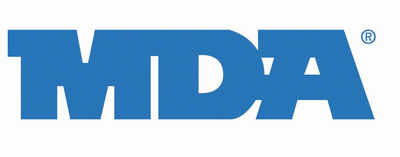Bataan
Posted: Monday, April 08, 2013 by Travis Cody inI first posted this special tribute in 2010. As I have said repeatedly,
when I get the words right, the best thing I can do is repost them. I
do that here to remember the Americans and Filipinos of Bataan on the
71st commemoration of the Death March.
Over 60,000 Filipino and 15,000 American troops began the Bataan Death March a day later. Prisoners on the march from the peninsula on Bataan to POW camps were subjected to beatings, bayonet attacks, and the deliberate withholding of food and water. If anyone fell out, they were stabbed to death or beheaded. If anyone was caught assisting a straggler, both were put to death. Anyone rushing a well or stream for a sip of water was shot. Casualty estimates from the march range from a minimum of 6,000 to as many as 18,000.
Filipino civilians suffered if they tried to offer food or water, or simply a small gesture of comfort to the prisoners.
Japan was not a signatory to the Geneva Conventions until 1953, and so no mind was paid to the well being of Allied prisoners during World War II. Japanese high command did not supervise or visit POW camps, leaving local commanders to do as they saw fit. Many unsupervised low ranking Japanese soldiers brutalized the prisoners simply because there was no one in authority around to stop them.
The perpetrators of the deliberate, systematic, and wanton cruelty to prisoners of war were ultimately subjected to war crimes trials. Japanese General Masaharu Homma was convicted for his part in allowing the atrocities of the march on Bataan and later in POW camps. He was executed on 3 April 1946.
The fighting on Bataan delayed the relentless Japanese march across the Pacific long enough to allow the US to organize and prepare in the wake of the losses to the American naval fleet at Pearl Harbor. Remaining ships were formed into task forces, and the US capably prepared to launch Colonel Doolittle's raid on Tokyo and to meet the Japanese in the Coral Sea and at Midway. The cost was heavy for the survivors of the battles in the Philippines.
The last official count I could find says there are fewer than 60 survivors of the march left alive today.
My stepfather's father and four uncles fought in World War II in all branches of the military. One of those men was captured on Bataan and survived the march and his years as a POW. He testified at the war crimes trials. I never got a chance to meet him. According to my stepdad, his uncle never spoke of his experiences other than to declare that he would never forgive the Japanese.



















This is such a good post. No need to re-write it. Thanks for the history lesson. May we never forget Bataan.